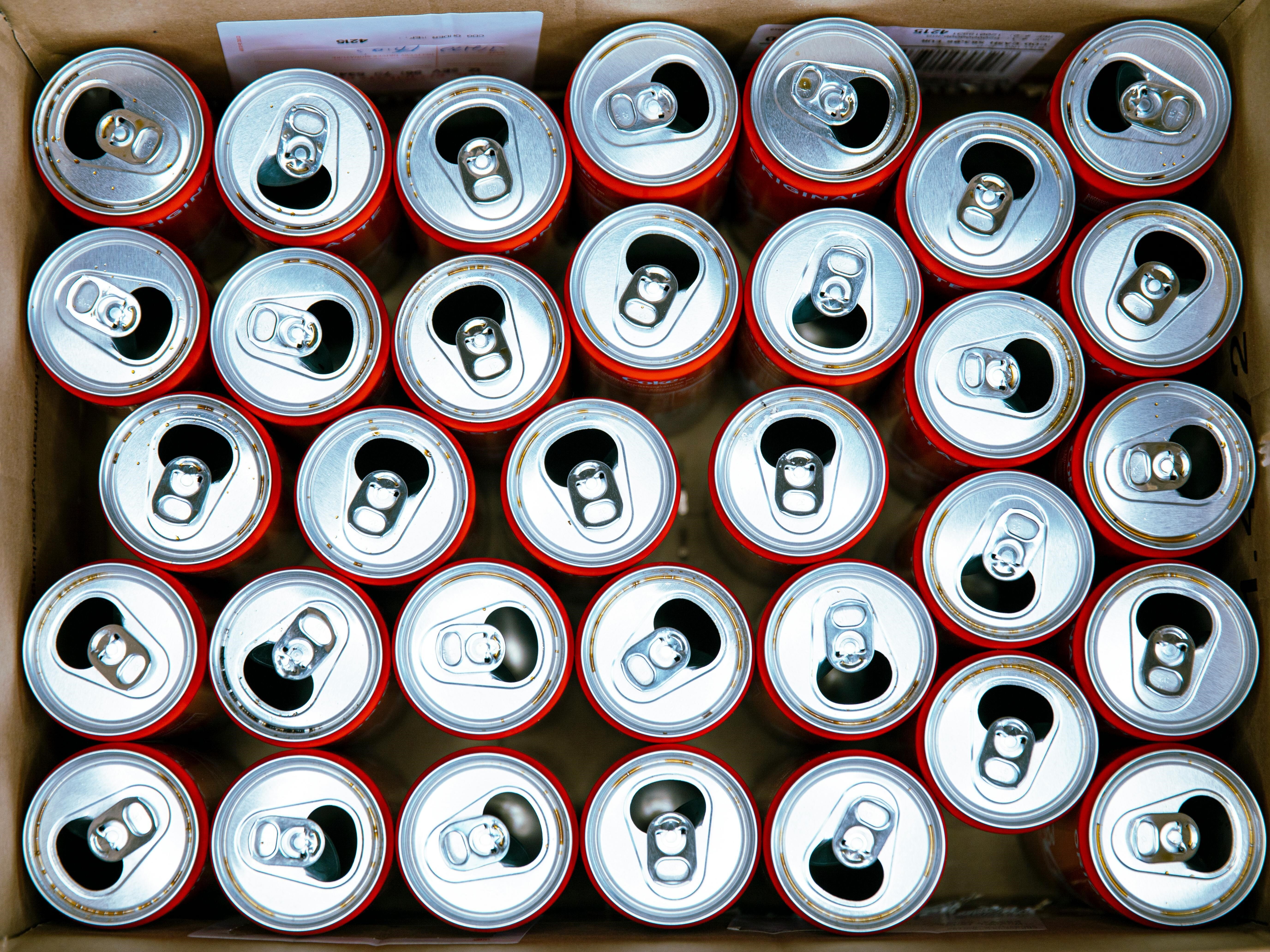

The global metal packaging coatings market is growing steadily with an estimated CAGR of around 5 per cent from 2020 to 2030 driven by increasing demand for premium, attractive and sustainable packaging. Recent insights show the future of this small but increasingly important market will continue to change as brands focus on premiumisation trends, especially in food and beverage.

Premium appeal and functional fuel demand
A rise in consumer desire for attractive packaging, with shiny surfaces, colours and shelf appeal to grab attention, has caused manufacturers to invest in new metal coatings such as aluminium. Not only do these coatings look good, but the ways they function are also vital to the success of the packaging. In particular, multilayer films that offer enhanced shelf life and aroma retention will continue to gain traction, especially with beverage packaging.
Indeed, beverage cans are to lead the coated metal packaging, accounting for more than 50 per cent of global demand by 2030, with a projected CAGR of ~4 per cent, driven by an increase in ready-to-drink (RTD) beverages and a growing range of products.
Specifically, Europe is the biggest consumer, due to its rich beer culture and countries such as Germany and the UK consuming vast amounts of canned alcoholic drinks. Latin America, led by Brazil’s USD 22 billion beverage market, is also on a similar path, tracking at ~5 per cent CAGR.
Eco-friendliness and recyclability: a competitive advantage
Sustainability is another decisive factor shaping purchasing and production decisions. As environmental regulations tighten and consumer expectations rise, eco-friendly resins and recyclable metal containers are emerging as preferred packaging solutions. This positions metal packaging coatings at the crossroads of performance and environmental responsibility.
Today’s environmentally conscious consumers favour packaging that is sustainable. A 2024 McKinsey report shows more than 70 per cent of Gen Z consumers are willing to pay more for environmentally friendly packaging. That serves as a significant reminder for brands to reconsider the materials they use, with aluminium ranking first on the list.
According to other market studies, this dual emphasis on premium appeal and recyclability is redefining how brands approach product packaging. This is particularly in mature and environmentally conscious markets.
MENA region: a rapidly emerging force
The Middle East and North Africa (MENA) region reflects a similarly encouraging outlook. Forecasts show the regional metal packaging market growing from USD 8.16 billion in 2022 to USD 11.29 billion by 2030, representing a CAGR of 4.1 per cent. This surge “underscores rising confidence in metals like aluminium and steel as the favoured packaging material across diverse sectors.”
Importantly, the food and beverage category is the fastest-growing and the biggest area. This is also due to increased consumer demand for ready-to-eat products and the desire for longer shelf-life products. Another vertical that is rising quickly with market growth is personal care and cosmetics, which is increasing demand for advanced metal packaging.
What makes the MENA region unique is its direction toward recycled metal and post-consumer metal substrates, which is a reflection of global sustainability trends. All sectors of the industry are engaged in mergers and acquisitions, developing new aluminium products, and staying nimble, relevant, and ahead of the rapidly changing landscape.
Also read: Top 5 aluminium can exporters to the US — And why America still imports
Responses








